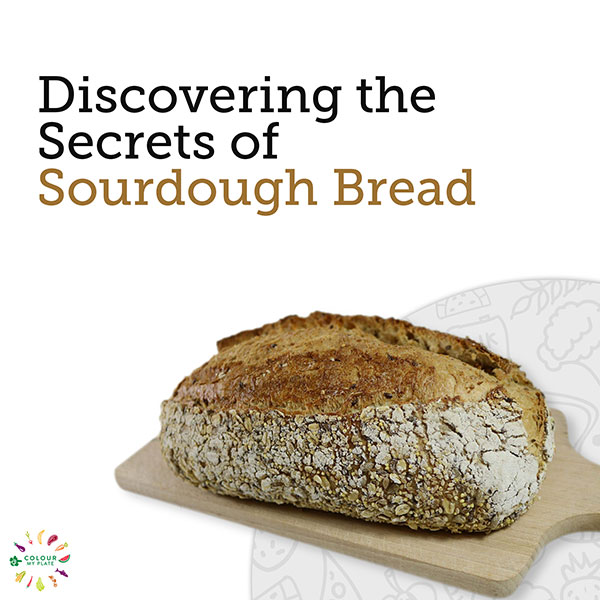
![]() 8 Mar 2021
8 Mar 2021
Ever wondered about the secret behind sourdough bread’s charm? Well, it all starts with its unique preparation process! In the world of bread-making, sourdough stands out due to its starter—a blend of wild yeast, lactic acid bacteria, flour, and water. This special mix triggers fermentation in the dough, resulting in the delightful rise and one-of-a-kind flavor that define sourdough.
Health-conscious folks often favor sourdough over white bread for some pretty awesome reasons:
Unlike refined flour that loses valuable B vitamins, vitamin E, and essential minerals during processing, whole grain flour, a key ingredient in sourdough, retains these nutrients. Thanks to the slow fermentation process in sourdough, these nutrients become more accessible, boosting their concentration and making them easier for our bodies to absorb.
For those grappling with gluten sensitivities found in wheat, rye, and barley, sourdough is a game-changer. The fermentation process breaks down gluten, making it gentler on the stomach. Plus, its prebiotic and probiotic properties might just be the digestive superhero some people need.
The longer fermentation brings about higher levels of soluble fibers and resistant starch. This combo is your ticket to feeling full and content for longer periods. On top of that, the increased organic acid levels help keep blood sugar stable and promote sustained energy by slowing down carbohydrate breakdown in the body.

We noticed you haven't completed your delivery details.

Your message is sent